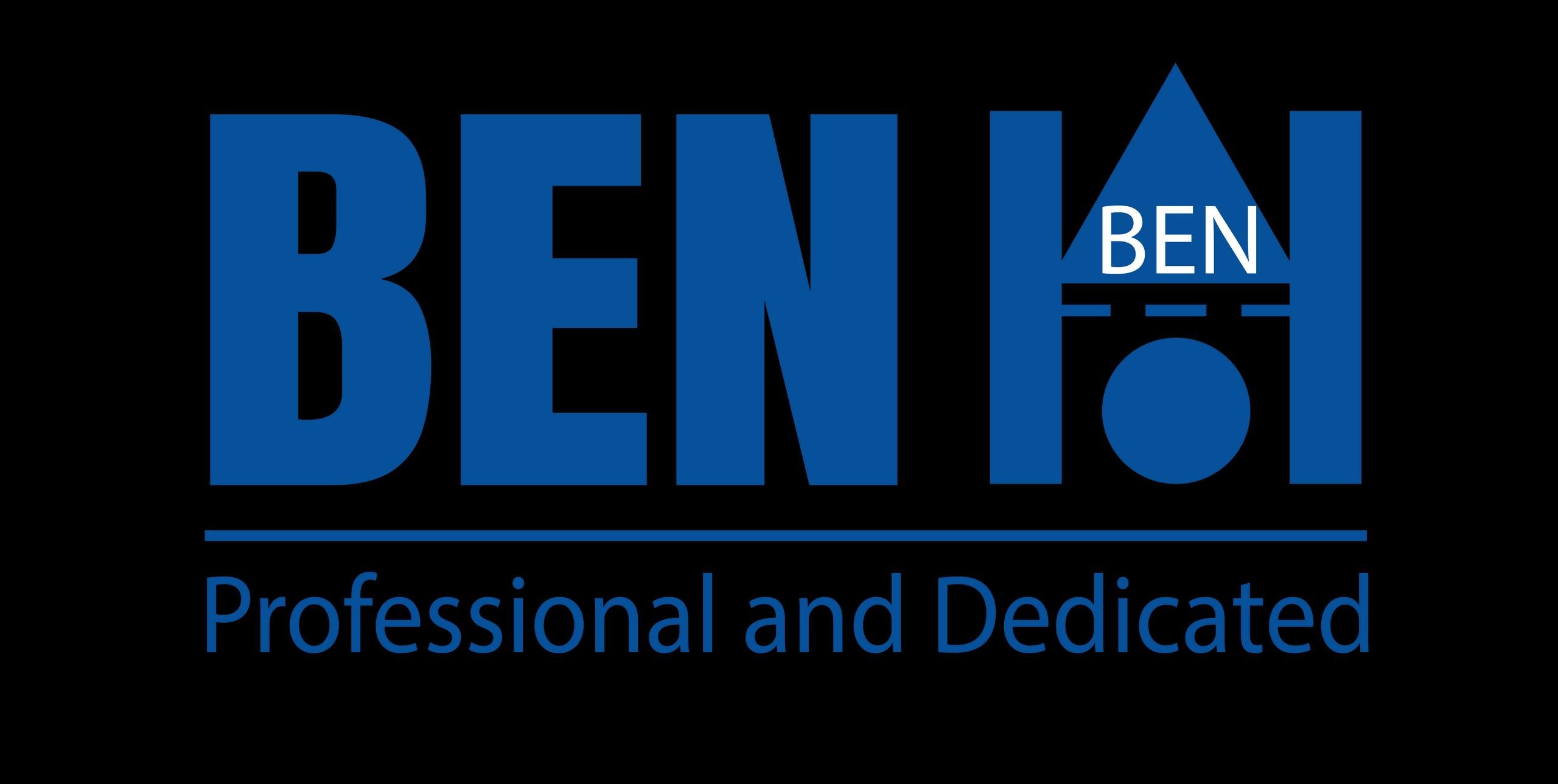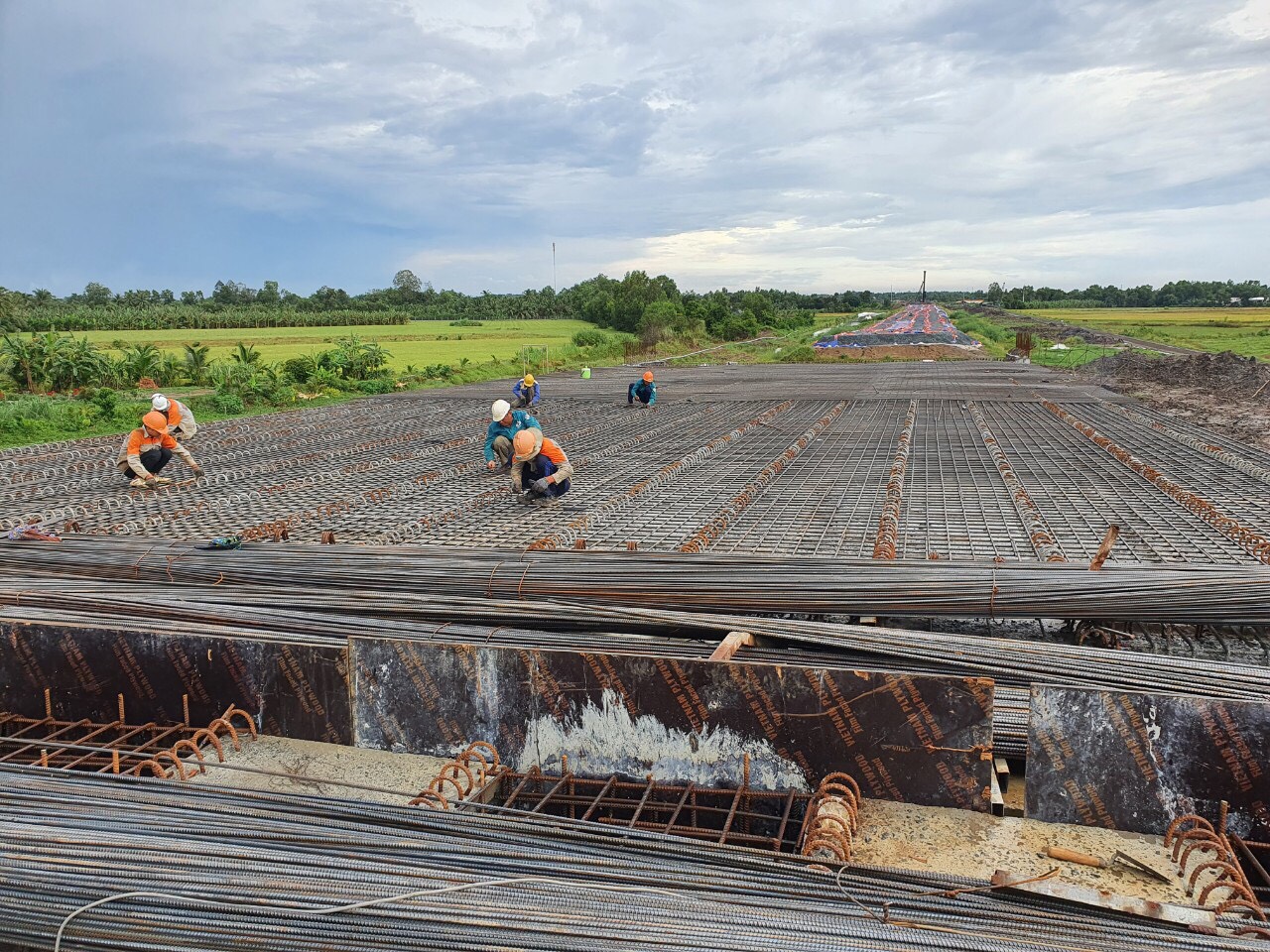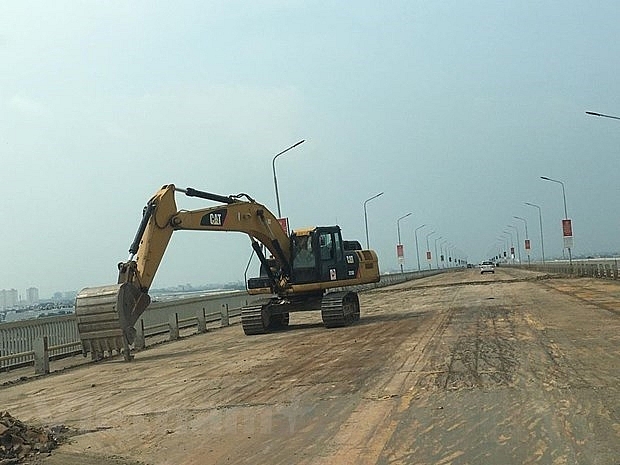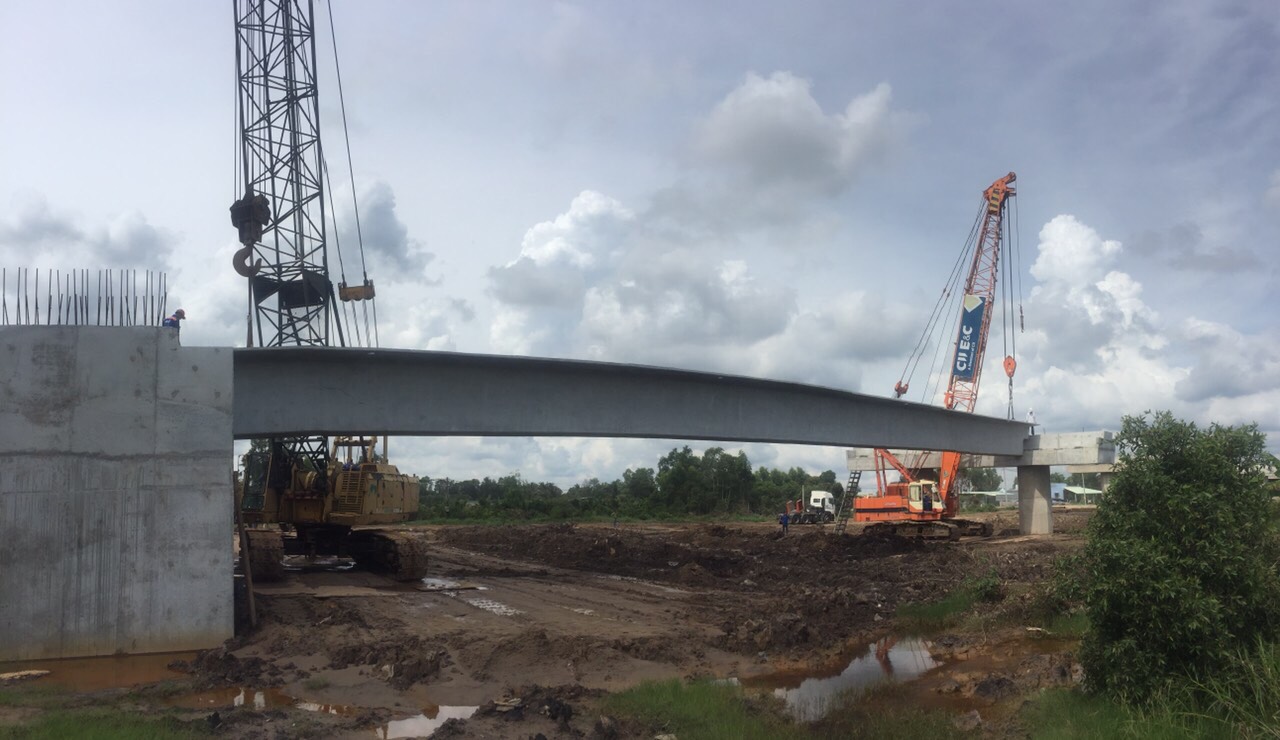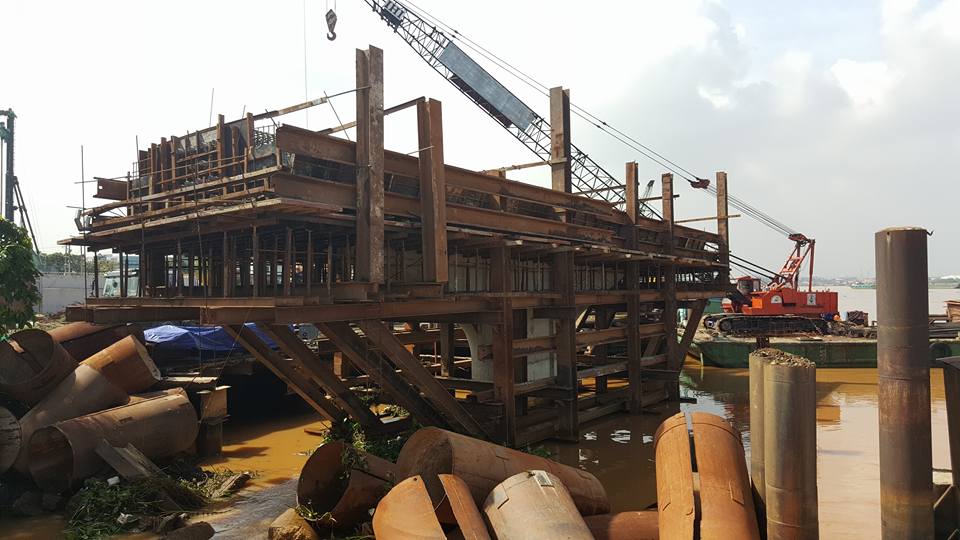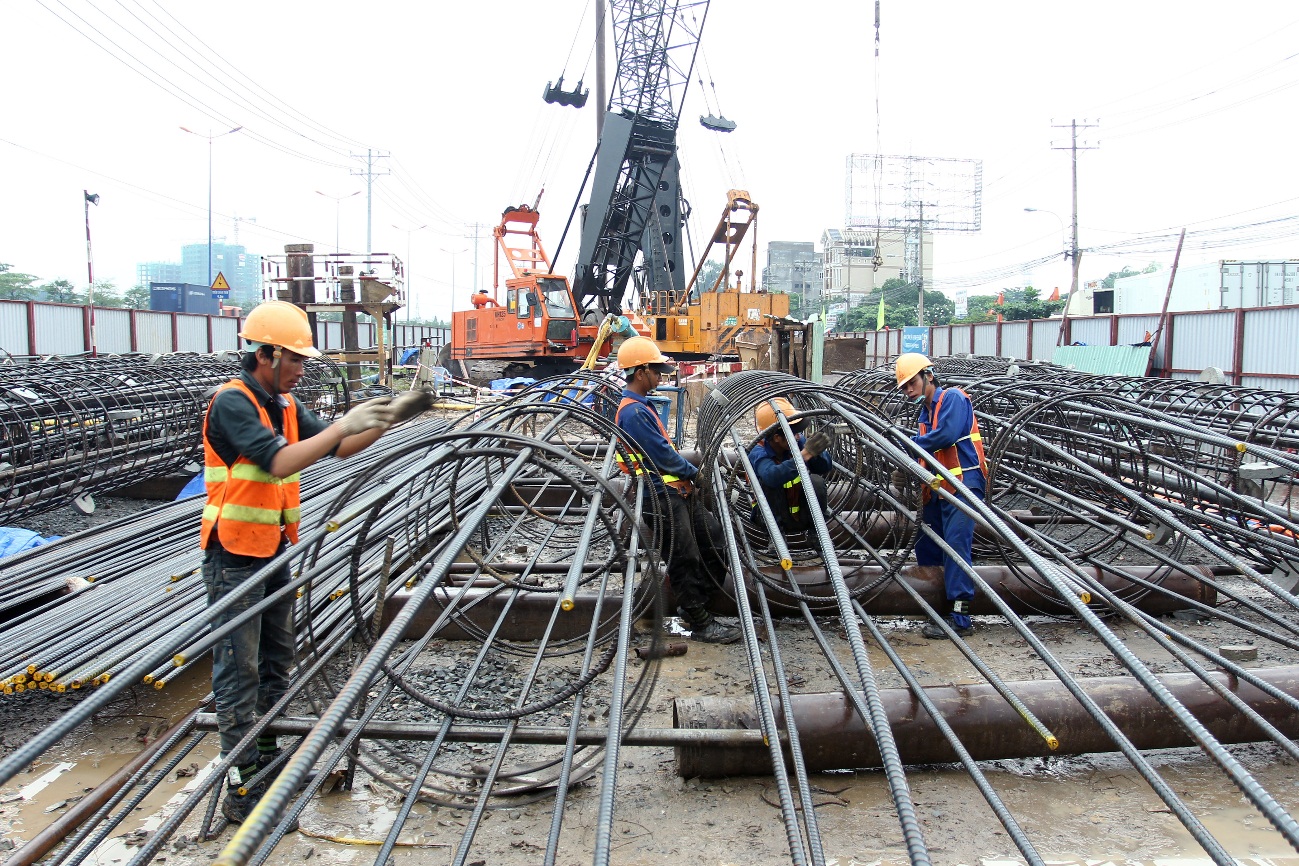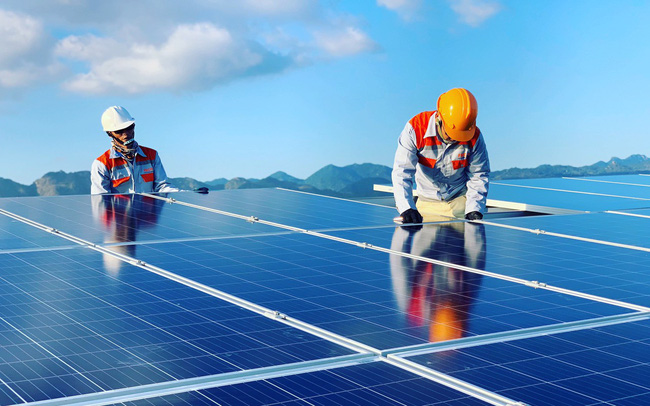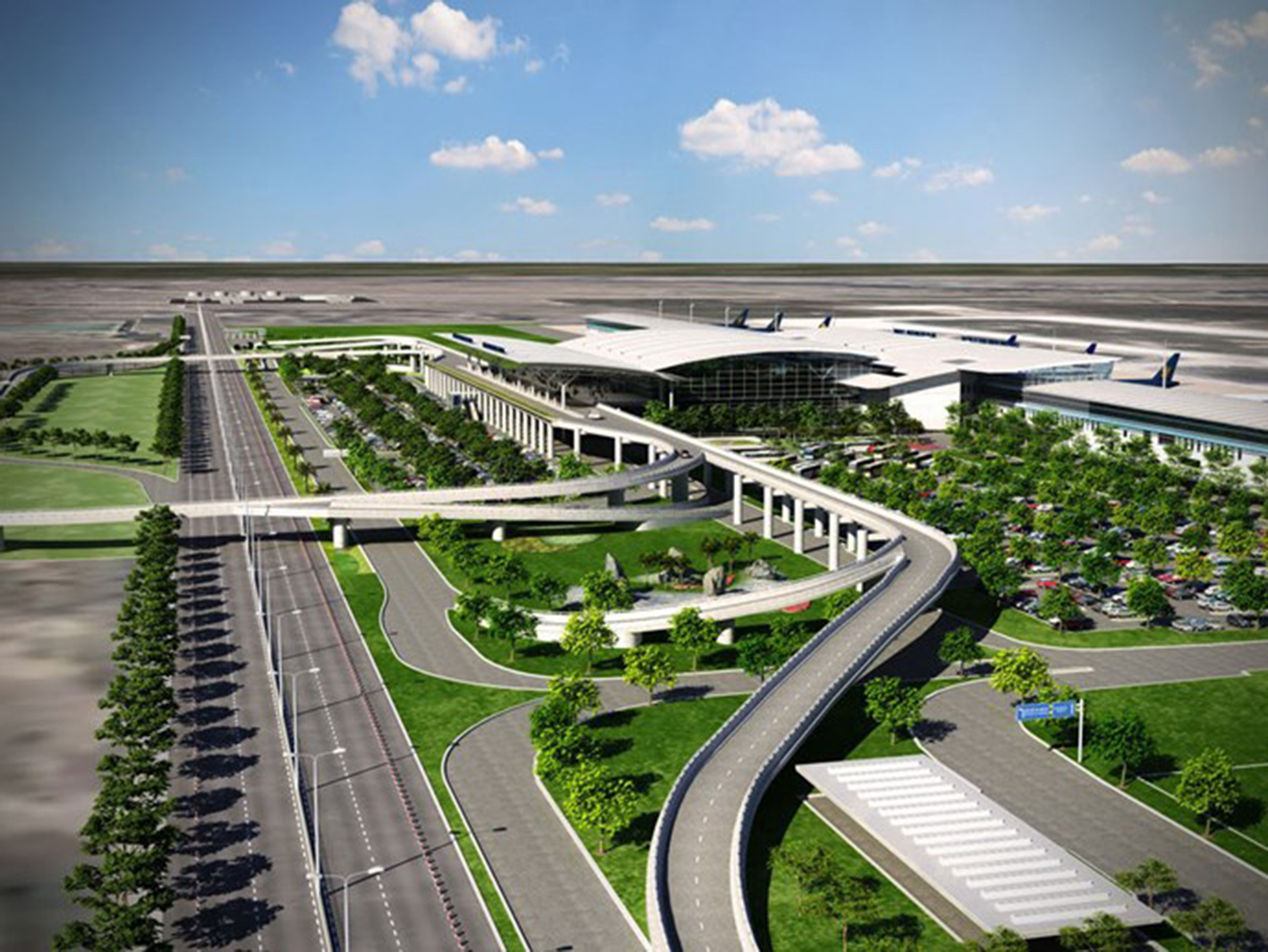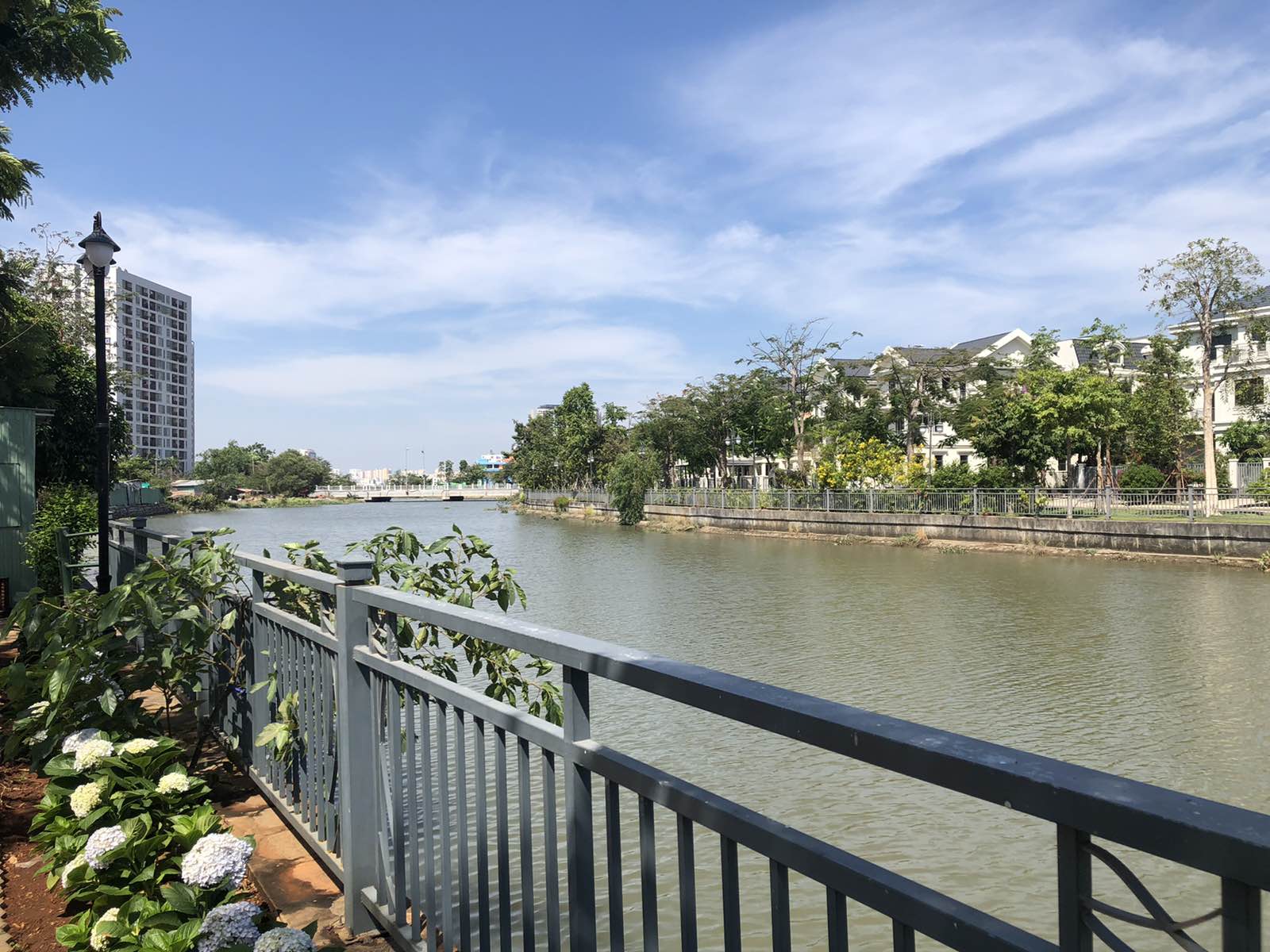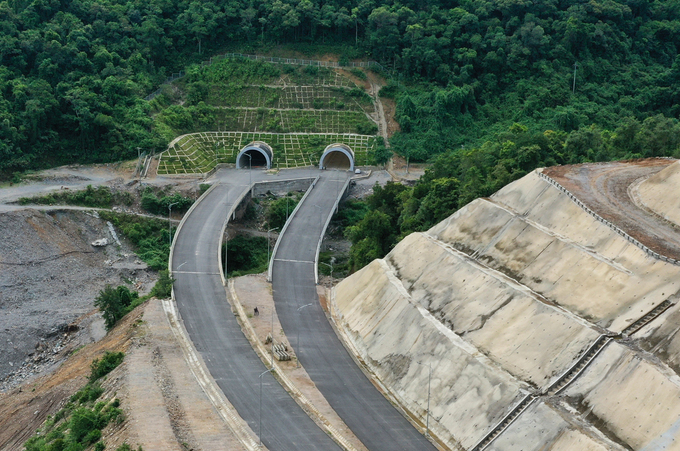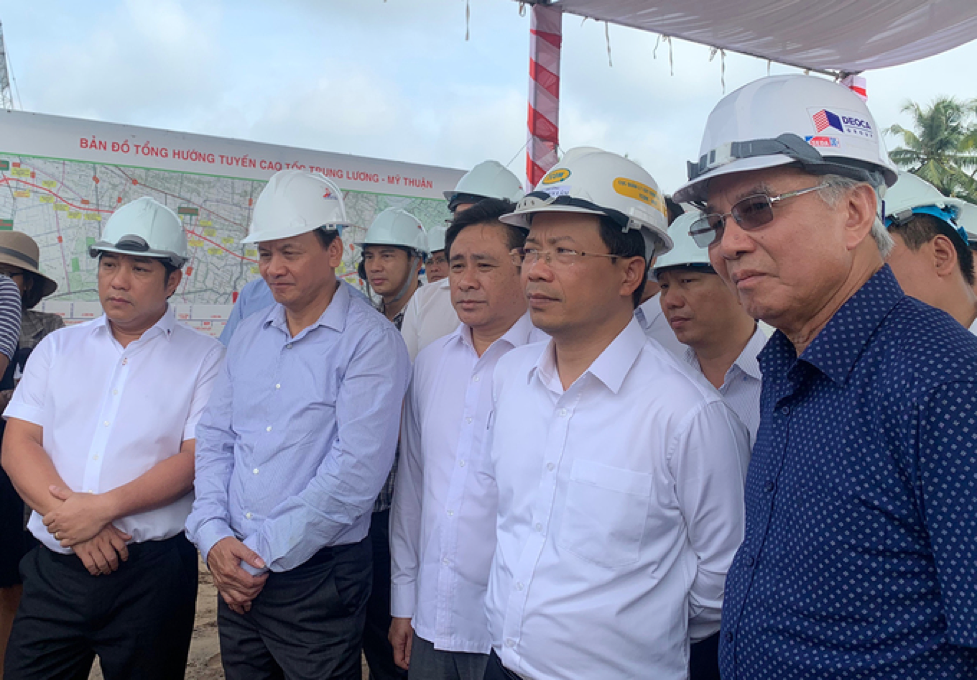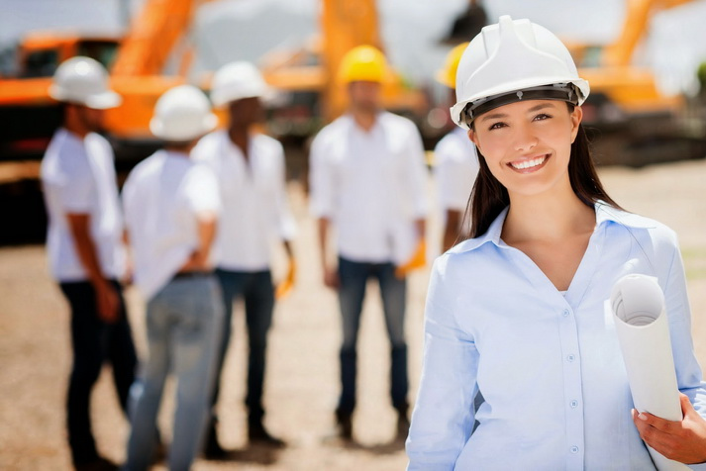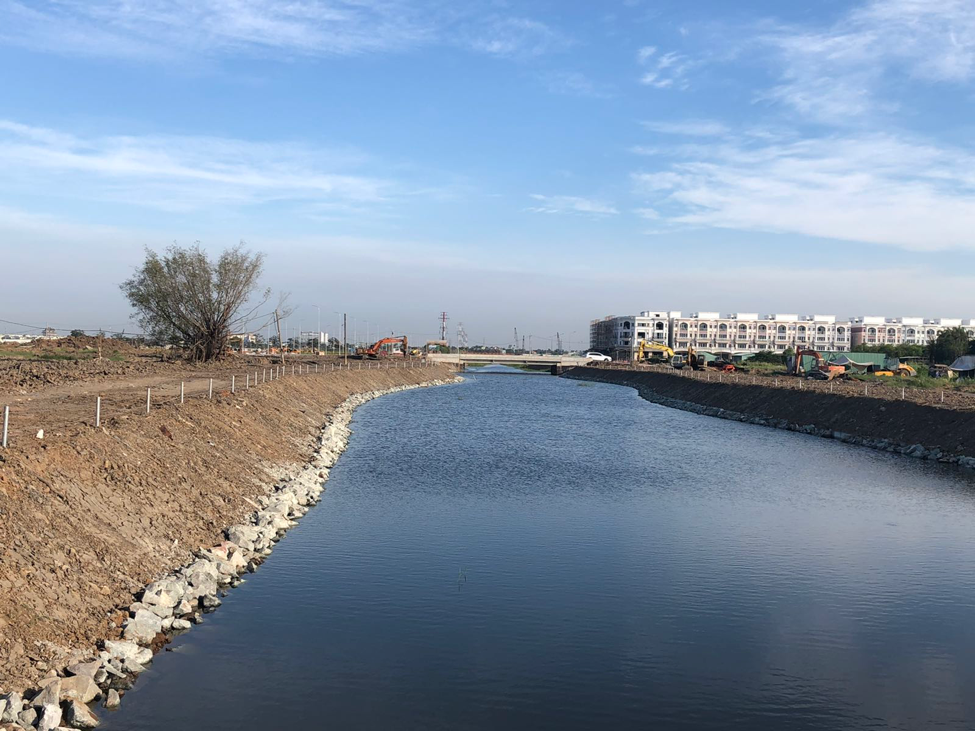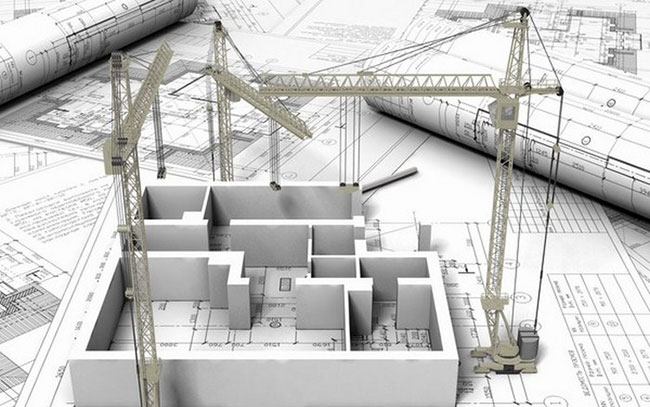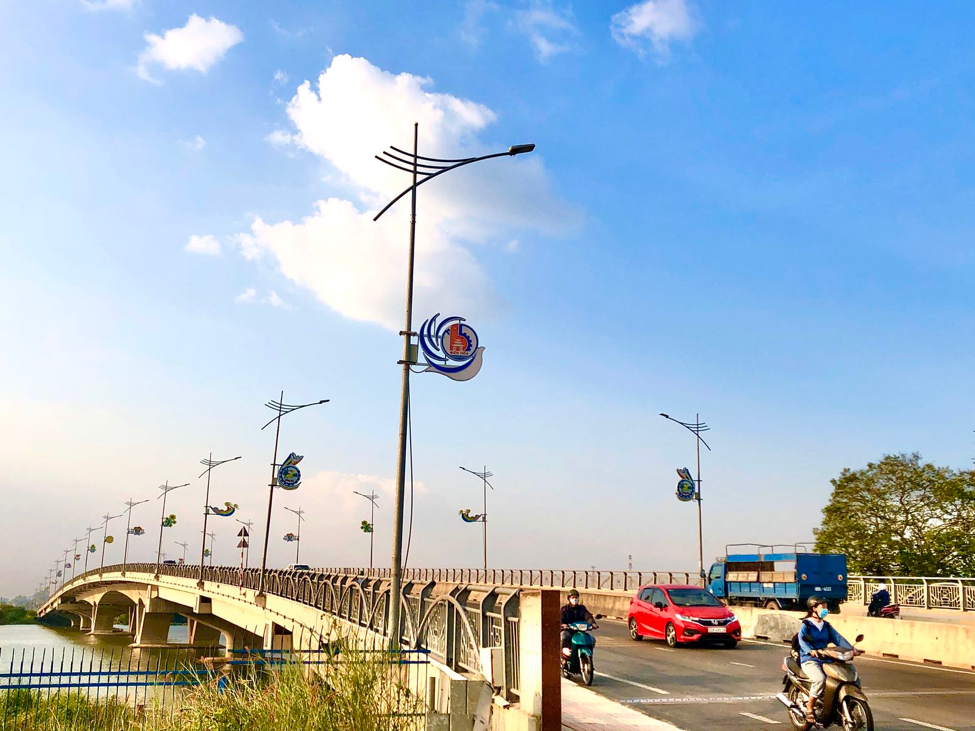What method is it possible to build such a solid architecture? How do experts comment on the design and construction of curved bridges? Did the way to build a curved bridge originate from ancient times?
1. CURVED BRIDGE CONSTRUCTION METHOD
What method is it possible to build such a solid architecture?
Learn about curved bridge design?
According to Science ABC , when you look at a curved bridge, you will be impressed by its semicircular architecture. They are called that because the bridge has a basic structure of two abutments on both sides of the bridge connected by a curved arch. Unlike straight bridges (which need a lot of abutments to support the load), with curved bridges, the arch helps effectively dissipate the load force outward, which helps the bridge withstand the load. less force than usual.
How do experts comment on the design and construction of curved bridges?
Construction experts say they have built a “perfect” bridge that can withstand anything Mother Nature throws at them.
The bridge's designers, researchers at the University of Warwick, say they are keeping in mind a key element in the new design, a design cycle called form finding to create a The architectural structure has no weak points.

The bridge designed by researchers at the University of Warwick will have no weak points.
This may for the first time lead to the design and construction of other bridges, roads, and houses in the future that can withstand large loads and also have "no weaknesses" like the other bridge. These architectural works will have a higher level of safety, be more durable over time, and repair and maintenance will be minimized.
“Classical design in the direction of natural physics cannot compete with this technical design,” said Professor Wanda Lewis at Warwick University of Technology. “Aesthetics are important in any design, so we considered many different shapes to create an effective bridge design that is pleasing to the eye.”
For 25 years, Professor Lewis has studied different shapes in nature: it can be as simple as the structural shape of trees or leaves or just the curve of a seashell. In all of these natural things, Professor Lewis found that they all have a unique force-bearing pattern, which enables them to withstand great forces without harm, in the same way that a tree Can withstand wind below a certain intensity.

Gateshead Millennium Bridge spans the Tyne River.
To do that, Professor Lewis developed an algorithm prototype based on natural design standards and tested each building's unique load-bearing mold. That design standard is based on actual physical tests of load-bearing, such as testing on a piece of cloth or a chain. Those test objects are placed under great pressure, then returned to their original state, then that state is "frozen" again, becoming an upside-down, stronger shape.
Professor Lewis found the exact coordinates of this shape by calculating the simulated gravitational effects that were applied to them. The final product will be a natural shape that will be able to withstand great force very easily.
2. DOES THE METHOD OF BUILDING CURVED BRIDGES ORIGINATE FROM ANCIENT TIMES?
This style of bridge design and construction has been around for a long time and we can see them in many places around the world. Ancient bridges were often built from brick or stone, but in modern times, iron and heavy-duty concrete have been used to ensure the bridge can withstand and support heavy pressure and loads. .
Why is the curved bridge structure "arch shaped"?

Bixby Creek Bridge, United States
Suppose there is a person (let's call him A) standing somewhere in the middle of an arch bridge. A will exert a certain load and force on the bridge deck due to his weight.
The stones that make up the bridge will be pressed tightly together (this depends on the quality of the bridge construction). Therefore, when A puts pressure down on the bridge from above, the stones below him (called the main stones) will compress and push aside the surrounding stones, and the stones surrounding the This stone continues to push the stones next to it, and this process continues for all subsequent stones. In this way, the load force is transmitted evenly along the curve of the bridge to both sides before it reaches the bridge piers.
How do curved bridge structures dissipate load?
The pillars located on both sides of the curved bridge help complete this. Because the bridge piers are connected to the ground (usually a very hard and sturdy place), they will be able to handle extremely large forces, helping the bridge stay stable. However, because any force has an equivalent reaction force (according to Newton's law), the ground around the bridge abutments is compressed when subjected to compressive forces transmitted from the bridge to the abutments, and of course , it will create a reaction force against the bridge abutment. After the abutment receives force, it will impact the stones that make up the bridge in the same way as above: this stone pushes the stones around them and so on until the force from the abutment reaches the middle. bridge. And finally, they will impact the main stone - the place that directly bears the load.
However, by this time, the impact force has been greatly dispersed and eliminated.
3. WHAT ARE THE ADVANTAGES OF BUILDING A CURVED BRIDGE?

Richmond Bridge, the oldest bridge in Australia, made from basic raw materials (1825)
Thanks to the materials they are made from, such as brick or stone, curved bridges are excellent at handling pressure. They also contribute to resisting pressure. However, the curve of the bridge and its ability to dissipate load along the curve significantly reduces the effectiveness of tension within the bridge. In other words, you don't want to make a bridge with an arch that's too high or too curved, because a higher curve will increase the tension within the bridge and make it weaker.
Because this is the shape that helps the bridge dissipate impact forces, curved bridges do not need any other structures or cables for support. Furthermore, these bridges do not cost much to build, nor do they require many types of materials, just bricks and stones. These bridges are also very durable; Many bridges built during the Roman empire are still intact today! Some modern bridges are also arched, but they are built from better materials, stronger, and of course more complex than ancient bridges.
